
Privacy in the news
If you follow the news, it seems that many technological advances – computers, internet, emails, cell phones, and even unmanned systems – have turned against us. Instead of tools that serve, they have become instruments that watch and track.
Leaked documents revealed widespread government intrusion into emails and telephone metadata. Senators have raised suspicions about intrusive FBI investigative techniques. States fear Unmanned Aerial Vehicles (UAV) and are restricting police access to them. Activists groups are agitating for privacy protections.
Even Superman is annoyed. In the movie Man of Steel, he trashes a UAV that was following him, while growling, “You can’t find out where I hang up my cape.”





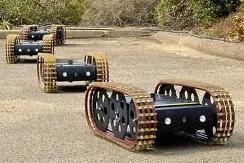



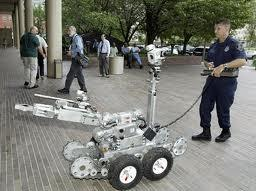
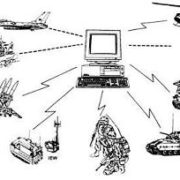
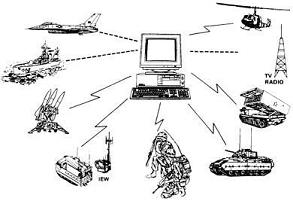
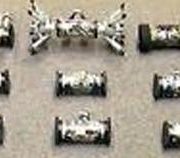
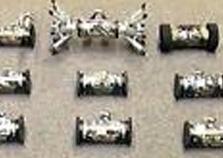

 As reported previously in this
As reported previously in this 

